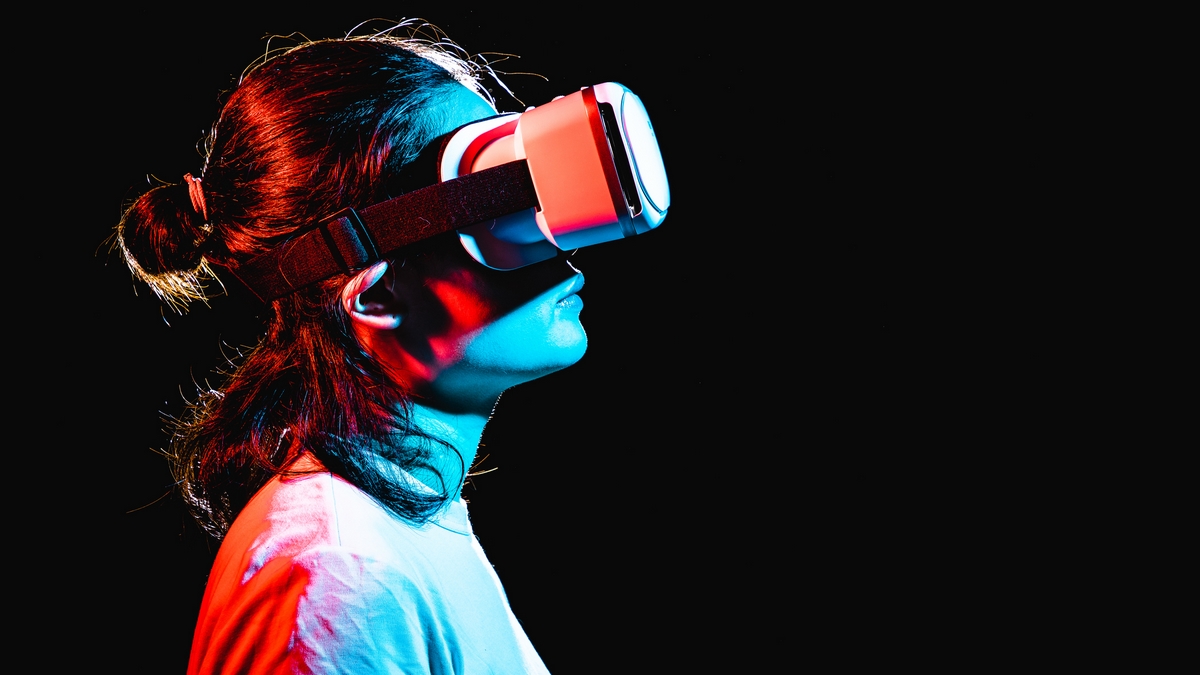Only a couple of years prior, computer generated simulation (VR) was being showered with genuine cash. The business raised an expected US$900 million in funding in 2016, yet by 2018 that figure had plunged to US$280 million.
Oculus – the Facebook-possessed organization behind one of the most well known VR headsets available – intended to convey 1 billion headsets to shoppers, yet starting a year ago had sold scarcely 300,000.
Interests in VR amusement scenes everywhere throughout the world, VR realistic encounters, and concentrated VR studios, for example, Google Spotlight and CCP Games have either essentially cut back, shut down or transformed into new pursuits. What’s going on?
Late articles in Fortune and The Verge have voiced scorn with VR innovation. Basic grumblings incorporate costly, cumbersome or awkward equipment, and unoriginal or redundant substance. Doubters have contrasted VR encounters with the 3D TV trend of the mid 2010s.
As a VR scientist and designer, they comprehend the wariness. However they have faith in this innovation, and they know there are “killer apps” and arrangements holding on to be found.
A week ago, Western Sydney University facilitated a worldwide symposium on VR programming and innovation, at which scholastics and industry accomplices from around the globe talked about potential ways forward for VR and enlarged reality. Among the speakers were Aleissia Laidacker, chief of Developer Experience at Magic Leap; University of South Australia figuring teacher Mark Billingurst; and Tomasz Bednarz, executive of UNSW’s Expanded Perception and Interaction Center.
Computer generated reality, exacting migraine
One issue examined at the symposium is the way that VR encounters frequently cause wellbeing related issues including cerebral pains, eye strain, discombobulation, and queasiness. Designers can somewhat manage these issues at the equipment level by conveying offset encounters with high revive and outline rates.
Be that as it may, numerous designers are disregarding ease of use rules in the quest for energizing substance. Gaming industry rules utilized by Epic, Oculus, Marvel, and Intel prescribe that games totally maintain a strategic distance from any utilization of instigated movement, increasing speed or “fake motion”, which are frequently the fundamental driver of inconvenience and movement infection.
However most by far of accessible VR encounters include some sort of actuated movement, either as liveliness or by putting together the involvement in respect to client development and investigation of the virtual condition.
They have met some first-time VR clients who by and large delighted in the experience, yet additionally revealed “feeling wrong” – like getting a charge out of the clearness of sound in commotion dropping earphones yet additionally having a “strange sensation” in their ears.
Slaughtering inventiveness
Nausea isn’t the main side road. Another issue is that in spite of the close boundless capability of VR, numerous present contributions are woefully ailing in creative mind.
The common pattern is to make VR renditions of existing substance, for example, games, recordings or commercials, in the expectation of conveying additional effect. This doesn’t work, similarly that radio play would make horrible TV.
A popular useful example originates from Second Life, the virtual world propelled in 2003 which flopped terrifically to satisfy its charging. Certifiable organizations, for example, Toyota and BMW opened branches in Second Life, enabling clients to test-drive seriously modified forms of their virtual vehicles. They endured negligible months.
For what reason would people favor a dull virtual encounter to a genuine one? Nobody needs a virtual Toyota. People have to give clients valid justifications to desert their existence and inundate themselves in another one.
They truly trust VR is en route to turning out to be more standard, all the more energizing, and less disappointing. In any case, people researchers can just present new mechanical arrangements, to help make VR a progressively agreeable and pleasant experience. At last it is down to VR engineers to gain from existing examples of overcoming adversity and start conveying those “killer applications”. The potential outcomes are constrained uniquely by creative mind.
Hueman Donaldson is an author and public speaker. He graduated with a dual degree in Business Administration and Creative Writing. He has worked as a marketing manager for tech firm.He has written over 250 extensive articles for different news sources.
Disclaimer: The views, suggestions, and opinions expressed here are the sole responsibility of the experts. No Gazette Maker journalist was involved in the writing and production of this article.

